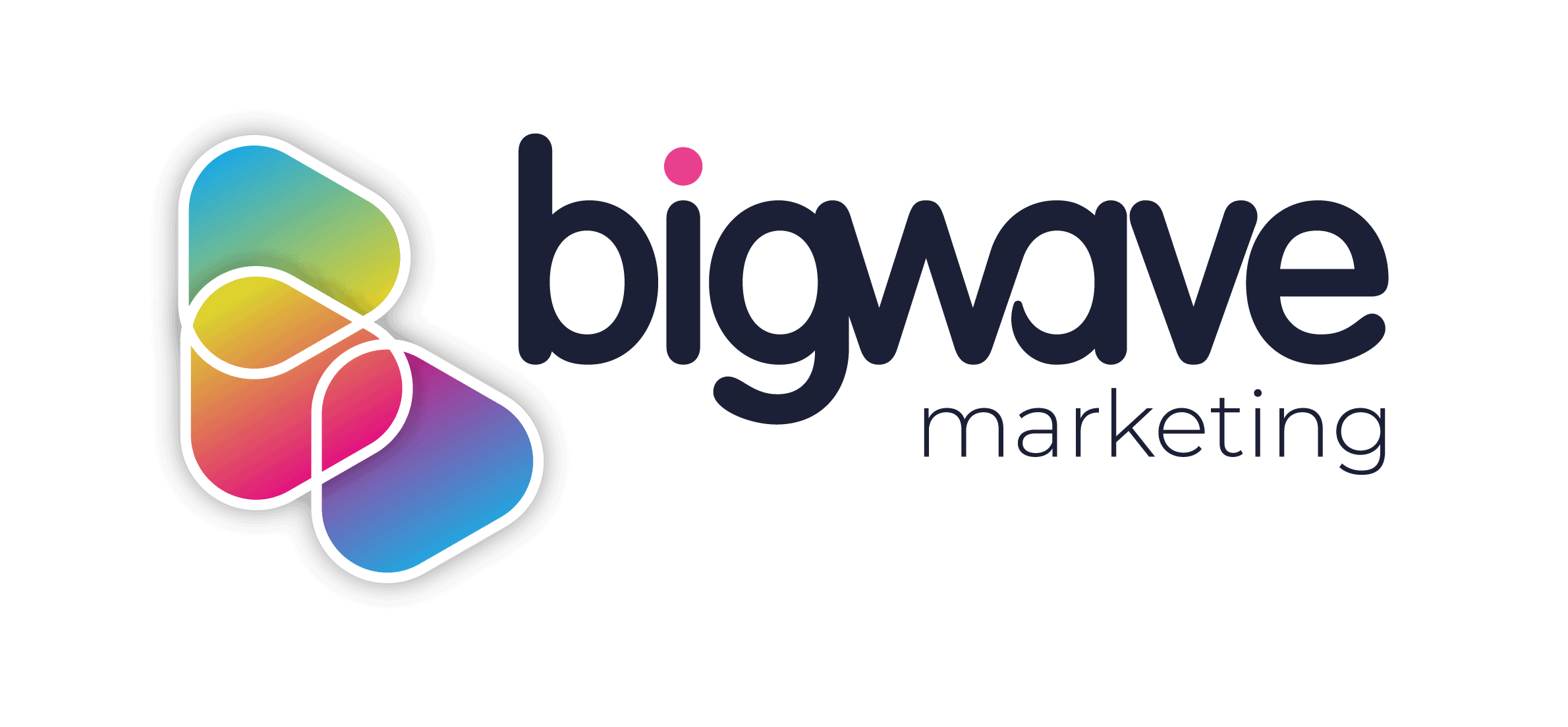With the first televised John Lewis Christmas advert being broadcast only 6 years ago, it’s hard to believe that what is now considered to be one of the UK’s most anticipated Christmas ad campaigns is actually little more than a modern phenomenon. But with increasing popularity, media hype and campaign spending (often exceeding £7m each year), the iconic Christmas ad campaign is fast becoming as much of a festive tradition as opening the first window of the advent calendar.
In the wake of this year’s biggest Christmas ad campaign launches from the likes of John Lewis, Sainsbury’s and Coca-Cola, we explore the latest campaign staples that are allowing marketers to successfully evolve and get it right – time and time again.
Emotional appeal:
Marketers have gradually mastered the art of harnessing raw emotions associated with the festive season – from joy and excitement to nostalgia and gratitude – and conveying them in commercials with the intention to create maximum emotional impact amongst viewers. Watch Sainsbury’s 2014 Great War themed “Christmas is for Sharing” ad and it becomes clear that – as hard-hitting and tear-jerking as it may be, the overriding message is that humanity can exist even during the toughest of times. For many viewers, this converts into a lasting reaction of immense pride and gratitude.
By frequently snubbing the “glitz and glamour” approach which often involves celebrity endorsement, marketers are instead opting to appeal to the masses with stripped-back, meaningful stories that everyone can relate to. 2013’s M&S ad featuring British fashion models Rosie Huntington-Whitely and David Gandy is thought to have lost the battle of the Christmas campaigns due to viewers struggling to believe that such celebrities would really shop at the high street store. Big brands are instead getting back to basics and saying, “Hey, we’re all the same”. The result? A warm fuzzy feeling towards the brand, perfectly in keeping with Christmas spirits of goodwill and cheer. It seems to be working for John Lewis, with 14,500 people reportedly shedding a tear over this year’s “Monty the Penguin” Christmas advert.
“Guess the brand”:
Whilst advertising campaigns traditionally involve promoting products/services in a generally explicit nature, Christmas campaigns are becoming a common exception to the rule. The festive season often sees big high street and supermarket brands adopting an alternative approach, focussing on an unrelated story using an unbranded creative to promote the “feel-good factor”. This is then associated with the brand, rather than the other way round. John Lewis for example has gradually weaned itself off brand name-dropping throughout its Christmas ads in recent the years, keeping viewers speculating over who is responsible for the campaign until the big reveal during the last second.
Integrated presence:
A significant step up in the world of Christmas ad campaigns – and arguably the main reason behind the growing hype – is the digital environment that so many Christmas campaigns are thriving in. In recent times, brands behind the most eagerly awaited Christmas campaigns have bucked yet another tradition of debuting their ads on TV, instead choosing to release their latest seasonal campaign for the first time via online platforms. This year M&S did just that, launching its “Magic and Sparkle” Christmas ad via its YouTube channel with Twitter and Facebook users waiting on tenterhooks to share their thoughts.
For truly integrative campaigns, brands have utilised every possible channel to maximise exposure. From in-store interactive technology to featuring in an episode of Channel 4’s Gogglebox, John Lewis has once again trumped expectations. Dropping hints via clever PR stunts months before the launch of its Monty the Penguin campaign, the high street chain delivered unexplained penguin toys to journalists and scattered “#MontythePenguin” billboard clues throughout London Underground stations. Confusion and curiosity created the urge to tweet, post, Instagram and blog about the events, fuelling the pre-launch fire. So, have all the multi-platform efforts been worth it? It may be too early to say, but if the reported £96m sales figure during the week of the campaign launch (a 5% increase on last year) and the 18.5 million YouTube views one month post-release are anything to go by, the answer is yes.
Bigwave media offers a range of campaign management services including planning, execution and analysis. To find out more get in touch, or tweet us @bigwavemedia.
Image source: iStock.com

